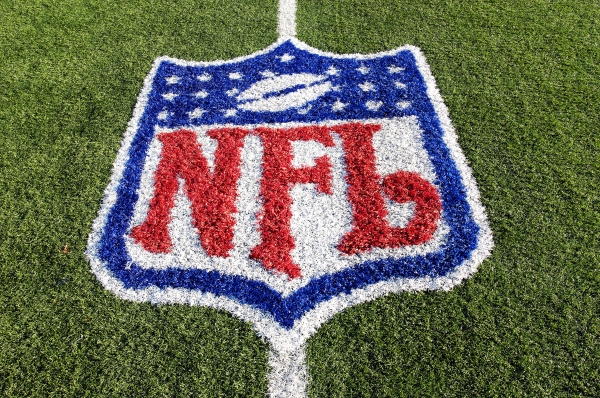NHL: Freeze
The NHL has always been one of the mainstays of North American sports. With huge popularity in both Canada and the US, hockey enjoys a die-hard following in every corner of the continent. Fans love the fast-paced and sometimes violent action which only happens on the ice. So how does it continue to hold onto this popularity, despite being plagued by multiple difficulties over the years? Still digesting the news that their attendance numbers had been beaten by MLS, we ask what state hockey is in and where it can go from here.
The most recent anomaly would appear to be the lockout of the 2012-13 season, which comes to a close on April 27th. Due to a stalemate on a proposed reduction of player salaries, the first game was delayed from September 16th until an agreement was made in early January and the greatly-reduced season could finally begin. The damage done to the brand after losing nearly half of the season has been compared to some of the biggest ever PR disasters in the corporate world.
Of course, like any dispute this one was all about money. A similar lockout happened in 2004-05, but an entire season had to be sacrificed. Luckily, thanks to a surge in interest after the 2010 Winter Olympics – where Canada fought the US for gold and won – the NHL started raking in the cash once more. By summer 2012 the revenues stood at a record $3.3billion and bosses felt that players were getting too big a slice. I bet they’re regretting that decision now as teams, players and all NHL-connected businesses have lost money. However, it makes sense when you consider that the majority of teams in the league are losing money by an alarming margin, and the huge profits are only from two or three big brands.

There has even been a failure to agree on policy outside of the NHL offices. In Canada, the government is considering legalising single-game wagers on worldwide online sportsbook betting. Up until now they have only allowed parlays across multiple events in an attempt to avoid corruption, but this proposed move would affect the NHL more than any other sporting regulatory body. Perhaps it needs the boost; ice hockey is the least popular of the four major North American sports for gamblers. If they’re afraid of corruption, they should look to Europe where soccer has a dedicated and passionate following – just like hockey – but also props up a healthy industry.
The one thing hockey can always rely on is its die-hard fan base; proud men and women who only have eyes for the ice. Despite the long, drawn-out wounds to the previous season and a subsequent ticket price hike of 17% the fans have stayed loyal, with attendance growing since before the recession struck America. With a distinct lack of television coverage compared to NFL or the NBA, hockey relies on live spectators to prop up its economy. Sadly, not everyone got a piece of that $3.3billion pie; the Maple Leafs, Rangers and Canadiens brought in $171million of profit together while the other 27 teams all lost money.
This all comes back to the lockout. The players wanted more money – athletes always do – while the NHL tried trying to shift some funds towards keeping those 27 teams afloat. In the end, they split the profits 50/50 between the players association and the rest of the league. While the athletes may have to sell a few Ferraris, the execs are hoping that a bit of revenue sharing will prevent franchises having to move cities. As long as hockey fans stay on the dangerous side of obsessive then the NHL will survive, but after four lockouts in twenty years they had better be sure that they don’t push their luck. Insert ‘thin ice’ pun here.
